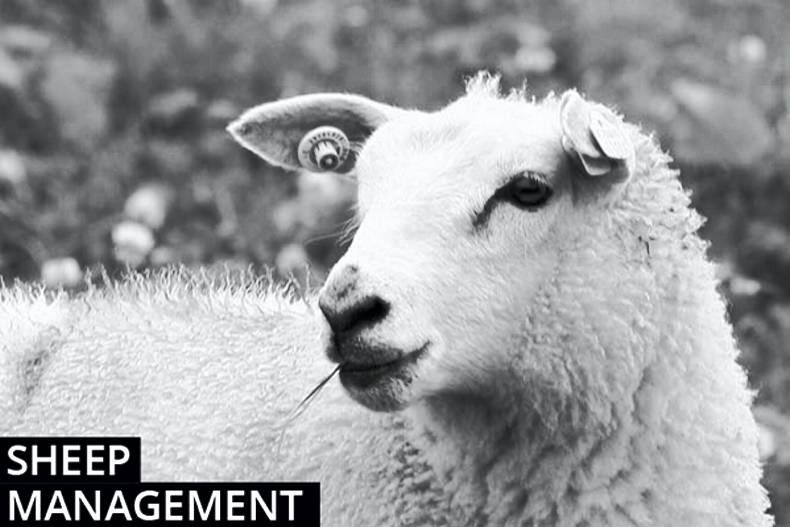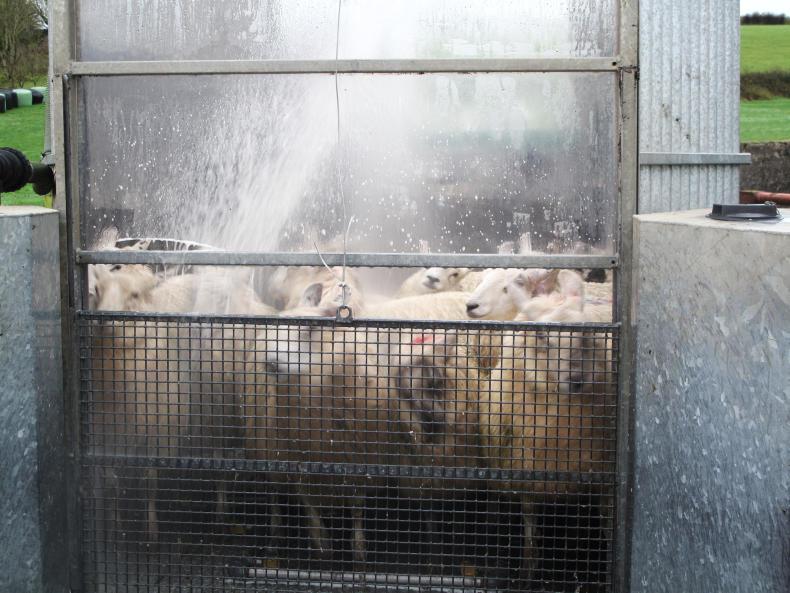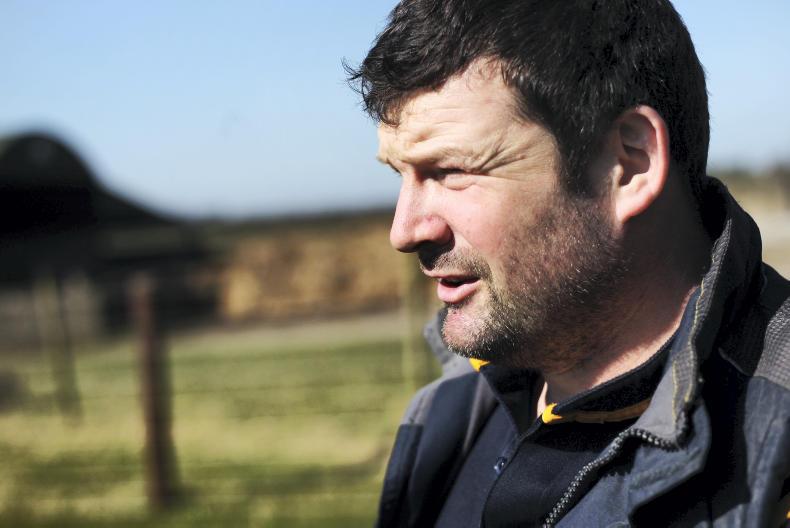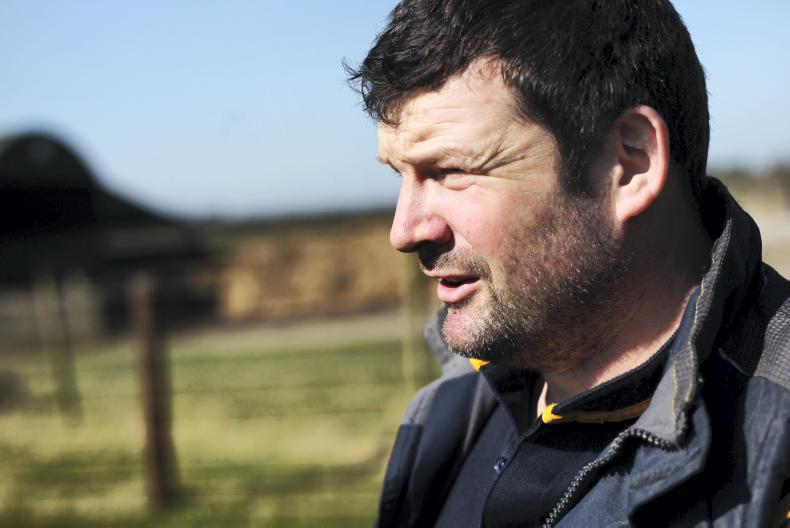Tagging lambs: Mart mangers report new customers in the market for store lambs and ewe lambs for breeding purposes. It is important to note that since 2012 lambs can no longer be retagged once they leave the holding of birth. The only exception to this is where they are being upgraded to electronic identification status for breeding or live export.
Managers also report a higher number of farmers batching lambs in more evenly matched lots on weight, gender and size, which is serving to generate competition, along with electronic tagging of ewe lambs with breeding potential. The way lambs are tagged will impact on loss rates and the incidence of ear infections. Where possible, lambs should be tagged on a dry day in hygienic conditions. Some producers apply an antibiotic spray to the male part of the tag when tagging during hot conditions, while others apply a spray of a fly repellent, such as Stockholm tar, where an infection has occurred to deter flies.
The optimum tagging site is approximately one third of the way along the ear from the head or slightly more in sheep with naturally thick ears. Feel where veins are located and insert the tag midway in height of the ear between these main veins. This will generally be the strongest part of the ear and will help reduce losses.
Inserting the female part or button tag on the inner side of the ear will also help to prevent tags getting caught in wire or feed barriers. Air flow will also help to prevent infections and it is advisable to twist the tag 36o°.
With regards recording, where animals sourced from different farms are being traded, the full 12-digit tag number must be recorded. It is not sufficient to only record the individual animal identifier without the herd identifier.
If sheep are being traded in farm-to-farm movements, it is the requirement of the purchaser to send the completed copy of the pink dispatch document to their local DVO within seven days of movement.
Selecting replacements: Potential replacements should be selected early in the season and not late in the year from lower performing lambs. It is advisable to initially select a higher number than required to allow for further selection and rejection of lambs that do not subsequently hit target performance levels. Select lambs with good length in the loin, as this is a trait that will be passed down to progeny. Avoid selecting lambs that are excessive in conformation or terminal traits. The ideal situation is where lambs can be selected on a combination of their own performance and from ewes that have achieved good maternal performance.
Blowfly strike: There has been a sharp rise in reported cases of blowfly strike over the last week, which is not surprising given the damp, humid conditions. Where selecting a product for treating lambs close to slaughter, take note of withdrawal dates, as they vary from less than a week to 30 to 60 days, with sheep-dipping products generally between 15 and 35 days. Read manufacturers’ guidelines closely, as products also differ greatly in their control period, with some providing both preventative and treatment properties, while others do not treat existing flystrikes. Always follow guidelines on health precautions.










SHARING OPTIONS